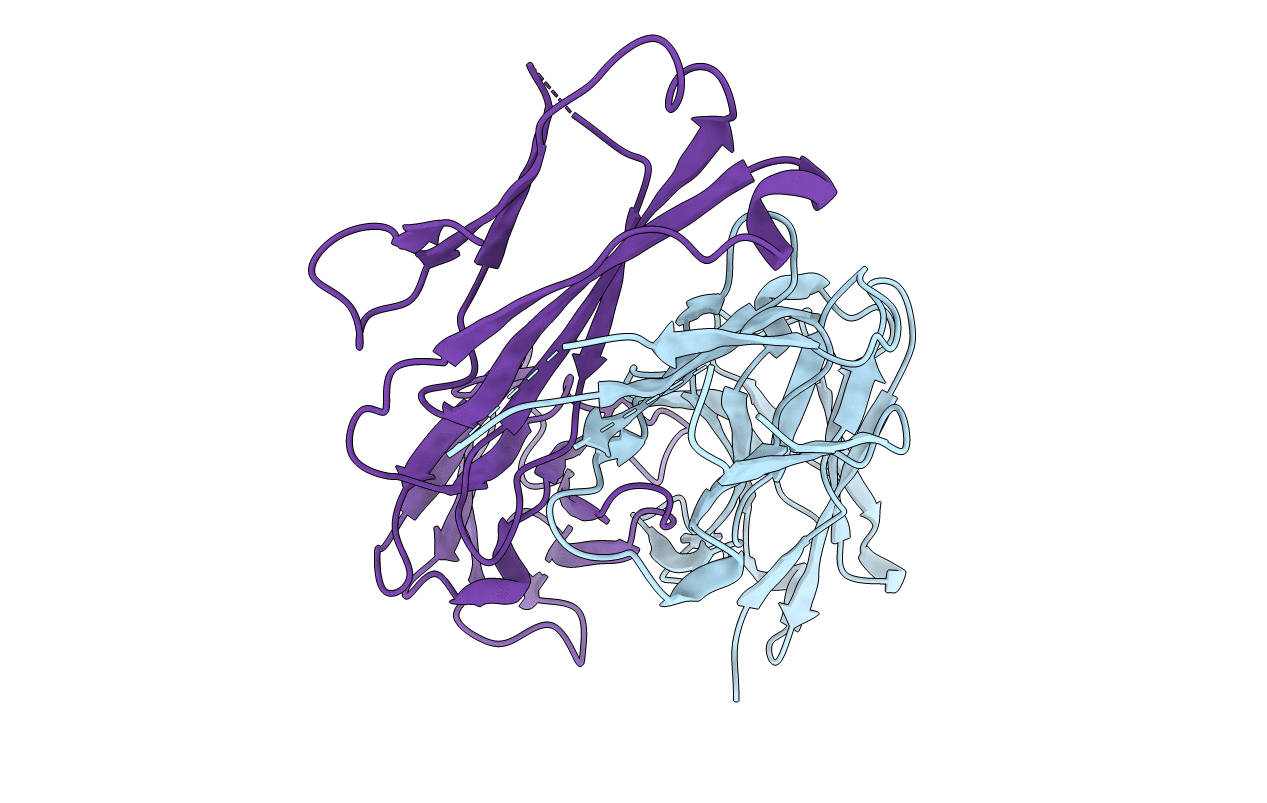
Deposition Date
2015-04-16
Release Date
2015-07-22
Last Version Date
2024-11-06
Entry Detail
PDB ID:
4ZD3
Keywords:
Title:
Structure of a transglutaminase 2-specific autoantibody Fab fragment
Biological Source:
Source Organism:
Homo sapiens (Taxon ID: 9606)
Host Organism:
Method Details:
Experimental Method:
Resolution:
2.40 Å
R-Value Free:
0.26
R-Value Work:
0.20
R-Value Observed:
0.20
Space Group:
P 1 21 1


